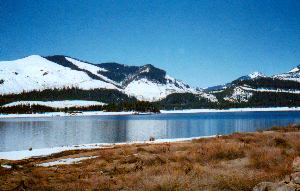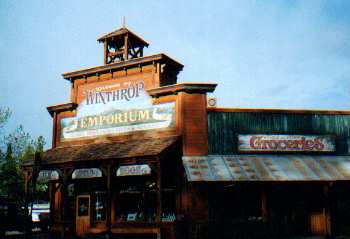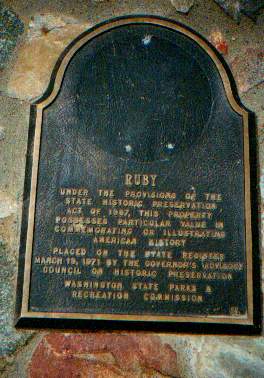
![]()
Metal detecting is an enjoyable hobby for most people. Few indeed are those lucky enough to ever find valuable items in a quantity sufficient to raise their standards of living or free them from their high-stress jobs. The main benefits of metal detecting are usually based on a different sort of wealth. Metal detecting benefits your health tremendously. It improves your mental condition beyond belief. It makes a person stronger in mind and body and can be great physical therapy for you and your family. Metal detecting in boom towns is all this, but even more specialized.
For those of you who can stand high altitudes, vigorous climbs, and the all-too-few financial rewards, this is a hobby for you. It does things for one’s mental and physical being that even large sums of money could never buy. The possibility of actually finding that big gold, silver, and coin cache will always be in the back of your mind. At the same time, can any price be put on the time spent at the top of a steep mountain after a hike, when one looks out across valleys, beyond the lakes and rivers, on past the thick forest to the snow-capped mountains miles away?
For the family that wants a real challenge, dependent on the family members’ own time constraints and abilities, metal detecting in the boom towns offers a unique hobby beyond compare. The limits and goals are all set by the individuals. The rewards may be few or fantastic. Careful consideration and thoughtful research improves one’s chances. Those of you who plan to step from your vehicle, poke around for a few minutes, and return home loaded with all sorts of “valuable relic finds” will be disappointed.

One of the many scenic views you will discover in parts of Northeastern Washington
This book is for those willing to do their own thinking, researching, and exploring. I hope you will see in the abandoned boom town and mining sites throughout Washington an unforgettable and thrilling history. It is my hope that this book will be valuable to those who truly like to explore the past and those who thrill in discovering themselves in the boom towns where people once lived.

Historic abandoned ghost town
I would say that there are basically three different types of boom towns. The first type is seen when a community has grown up or reestablished in or around some old boom town, often capitalizing on the past history and glory of the original town. Winthrop, Washington, in the Methow Valley, would be a prime example of a healthy community that is anything but a ghost town.
The second type of site is typical of what most folks think of when boom towns are mentioned. This type of site is marked by deserted, shaky structures, neglected and at the mercy of the elements and highly deserving of protection. This type should be given careful consideration. Unless you have special permission, as much as you like to treasure hunt, it can be more trouble than pleasure, as a property owner could choose to bring criminal charges as well as a civil lawsuit against you. A good example of this type of old boom town would be Bodie, Washington, in Okanogan County.
The third type of site, and the most common, is what can be called the “bare bones” ghost town. Hardly anything remains in place, just a few stone foundations. The site is grown over; nature has taken its course, and not much remains to show that a thriving boom town once existed there. A good example of this type of old mining camp would be Ruby, Washington, in Okanogan County.

Historic Winthrop Washington

Historical plaque that marks the once Boom Town site of Ruby City

Bodie, Washington
